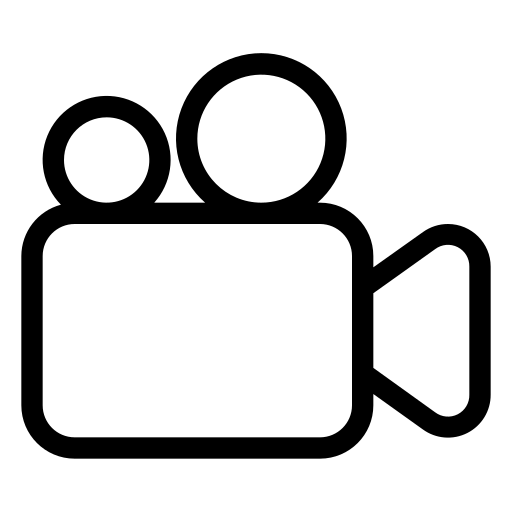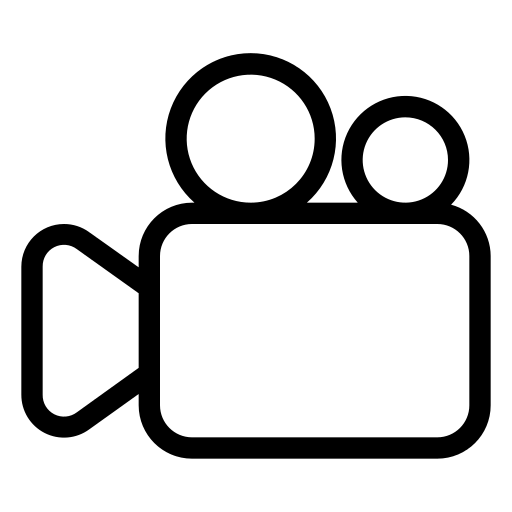Texture synthesis results comparing to state-of-the-arts.
Our method can synthesis more realistic and diverse textures.
Move the slider to change viewpoints.
Texturify
EpiGRAF
Ours












Texturify
EpiGRAF
Ours












Texturify
EpiGRAF
Ours












Disentangled Texture Transfer
TUVF is a novel texture representation that is disentangled from the underlying geometry of objects. This disentanglement allows TUVF to transfer textures across diverse 3D shapes while maintaining consistency in the appearance of the resulting textured objects.
Texture Editing and Transfer
We can perform direct editing on a given texture (adding a heart and an arrow) and transfer the edited texture on different 3D shapes through dense correspondence.
Overview of TUVF
We perform two-stage training: (i) We first train the Canonical Surface Auto-encoder, which learns decoders \(f_\theta\) and \(g_\theta\) predicting the coordinates and normals for each point on the UV sphere, given an encoded shape. (ii) We then train the Texture Feature Generator \(h_\theta\) which outputs a textured UV map. We can construct a Texture UV Radiance Field with the outputs from \(f_\theta\), \(g_\theta\), and \(h_\theta\), and render an RGB image as the output. We perform generative adversarial training to provide supervision for learning \(h_\theta\).
Citation
@article{cheng2023tuvf,
author = {Cheng, An-Chieh and Li, Xueting and Liu, Sifei and Wang, Xiaolong},
title = {TUVF: Learning Generalizable Texture UV Radiance Fields},
journal = {International Conference on Learning Representations},
year = {2024},
}

